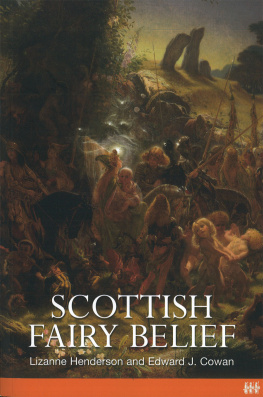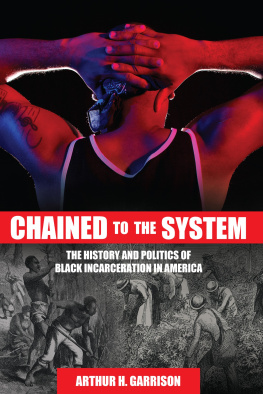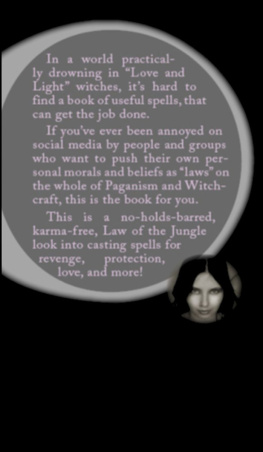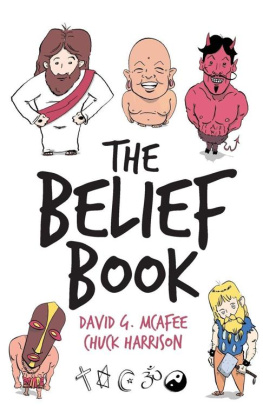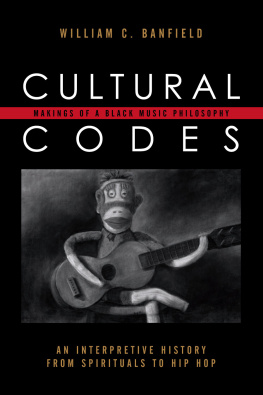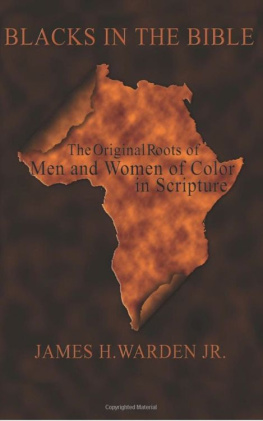Contents
Guide

David M. Goldenberg
Black and Slave
Studies of the Bible and Its Reception

Edited by
Dale C. Allison, Jr., Christine Helmer, Thomas Rmer, Choon-Leong Seow, Barry Dov Walfish, Eric Ziolkowski
Volume 10

ISBN 978-3-11-052166-5
e-ISBN (PDF) 978-3-11-052247-1
e-ISBN (EPUB) 978-3-11-052167-2
ISSN 2195-450X
Library of Congress Cataloging-in-Publication Data
A CIP catalog record for this book has been applied for at the Library of Congress.
Bibliographic information published by the Deutsche Nationalbibliothek
The Deutsche Nationalbibliothek lists this publication in the Deutsche Nationalbibliografie; detailed bibliographic data are available in the Internet at http://dnb.dnb.de.
2017 Walter de Gruyter GmbH, Berlin/Boston
Logo: Martin Zech
www.degruyter.com

In memory of my father
Rabbi Bernard (Binyamin) Goldenberg (19182011)
and
his sister Chaya,
her husband Noach Yitzchak Pasmanek,
and their two children Avraham and Daniel,
who,
together with the other Jewish inhabitants of Lomza, Poland,
were murdered by the Nazis
Abbreviations
| ACW | Ancient Christian Writers (Westminster MD, 1946 ) |
| BT | Babylonian Talmud |
| CCSL | Corpus Christianorum, Series Latina (Turnhout, 1953 ) |
| CCCM | Corpus Christianorum, Continuatio Mediaevalis (Turnhout, 1966 ) |
| CSEL | Corpus scriptorum ecclesiasticorum Latinorum (Vienna, 1866 ) |
| CSCO | Corpus scriptorum Christianorum orientalium (Louvain, 1903 ) |
| EI2 | Encyclopaedia of Islam , 2nd ed. (Leiden, 19602005) |
| FC | Fathers of the Church (New York, 1947 ) |
| GCS | Die griechischen christlichen Schriftsteller der ersten drei Jahrhunderte (Leipzig, 1901 ) |
| PG | Patrologiae cursus completus series Graeca , ed. J.P. Migne (Paris, 185766) |
| PL | Patrologiae cursus completus series Latina , ed. J.P. Migne (Paris, 184455) |
| PO | Patrologia Orientalis (Paris, 1907 ) |
| PT | Palestinian Talmud |
| SC | Sources Chrtiennes (Paris, 1941 ) |
Introduction
This book attempts to reconstruct a history of the Curse of Ham, uncovering its origins and following its spread throughout history. The Curse of Ham is an origins myth (etiology) explaining the existence of black slavery. In the biblical book of Genesis, a drunken Noah accidentally exposed himself, his son Ham sinfully looked at him, and as punishment Noah cursed Hams son with servitude (A servant of servants he shall be to his brothers). Over time, this story was understood to say that black skin was part of the curse. The idea that blackness and slavery are inescapably joined and that the Bible thus consigned blacks to everlasting servitude had its most notorious manifestation in antebellum America, where it provided biblical validation for sustaining the slave system. But the addition of blackness to Noahs curse of slavery did not begin in America. The Curse of Ham has a long and involved history. In this book I attempt to unravel that history, to trace the development of the Curse and follow its course over time and space.
The Bible says nothing about skin color in the story of Noah, but this feature was somehow woven into the biblical text. In recent years several scholars, myself included, have attempted to explain how this devastating and patently false interpretation came about. In a work I wrote some years ago, I sought to uncover how the Curse of Ham came to be by examining how blacks were portrayed in the Bible, and how those biblical texts were interpreted over the centuries by Jewish, Christian, and Muslim writers. I examined how early views of race, color, slavery, and the related meanings assigned to the name of Ham were incorporated into perceptions of the black African eventuating in the strange interpretation of Noahs curse.
Exegesis does not occur in an historical vacuum, and it is no wonder that the Curse of Ham came into being to justify the phenomenon of black slavery. But historical forces and exegetical manipulation were not the only causes. There is a prior history to the Curse of Ham. In this work I show how the Curse, an etiology of black slavery, evolved out of an earlier etiology explaining the existence of dark-skinned people. I was led to this line of investigation when I realized that many contemporary scholars confused and combined the two separate origins stories, the one of black skin and the other of black slavery.
In the first part of this work, by means of a close reading of the primary sources, I unravel the separate exegetical and interpretive strands of the Noah story, uncovering their beginnings in the Near East and their reception and dispersion in Europe and America. I explain when, where, why, and how an original mythic tale of black origins morphed into a story of the origins of black slavery, and how, in turn, the second then supplanted the first as an explanation for black skin.
As we follow this process we shall see how formulations and applications of the Curse changed over time, depending on the historical and social contexts, reflecting and refashioning the way blackness and blacks were perceived. In particular, we will discover two significant developments. First, a curse of slavery, which was originally said to affect various dark-skinned peoples, was eventually applied most commonly to black Africans. Second, blackness, which was originally incidental to the curse, in time became part of the curse itself.
In the second half of the book I examine how and when the Curse spread to Europe. David Brion Davis once commented how there is little study of the transmission of racist ideas to Europe. He considered the Portuguese royal chronicler Gomes Eannes de Zurara (15th century) as the first in Europe to mention the Curse of Ham. This is a common view followed by many investigating the subject. In this work I show, however, that the transmission of the Curse to Europe began well before Zurara, and it continued long afterward.
I engage in this work with much trepidation and humility, for I venture outside the field of Jewish history and beyond the 8th century, the areas and times of my formal historical training. I can make no claim to thoroughness in discovering all relevant primary sources. Undoubtedly, there are more materials dealing with a curse of blackness or a curse of black slavery which have not found their way into later historical studies, and of which I was not therefore aware. And, of course, this is all the more true for material still in manuscript in various libraries throughout the world. Nevertheless, I believe that I have sufficiently mined the available resources, on the basis of which I can make the argument of this book.
Definitions and Clarifications
This book deals with what is popularly, but confusingly, known as the Curse of Ham. It is confusing because it can have different meanings. Further confounding matters is that two other related terms the Hamitic Hypothesis and the Myth of Ham can also have different meanings, and in modern studies all three terms are often used as synonyms for one another.


